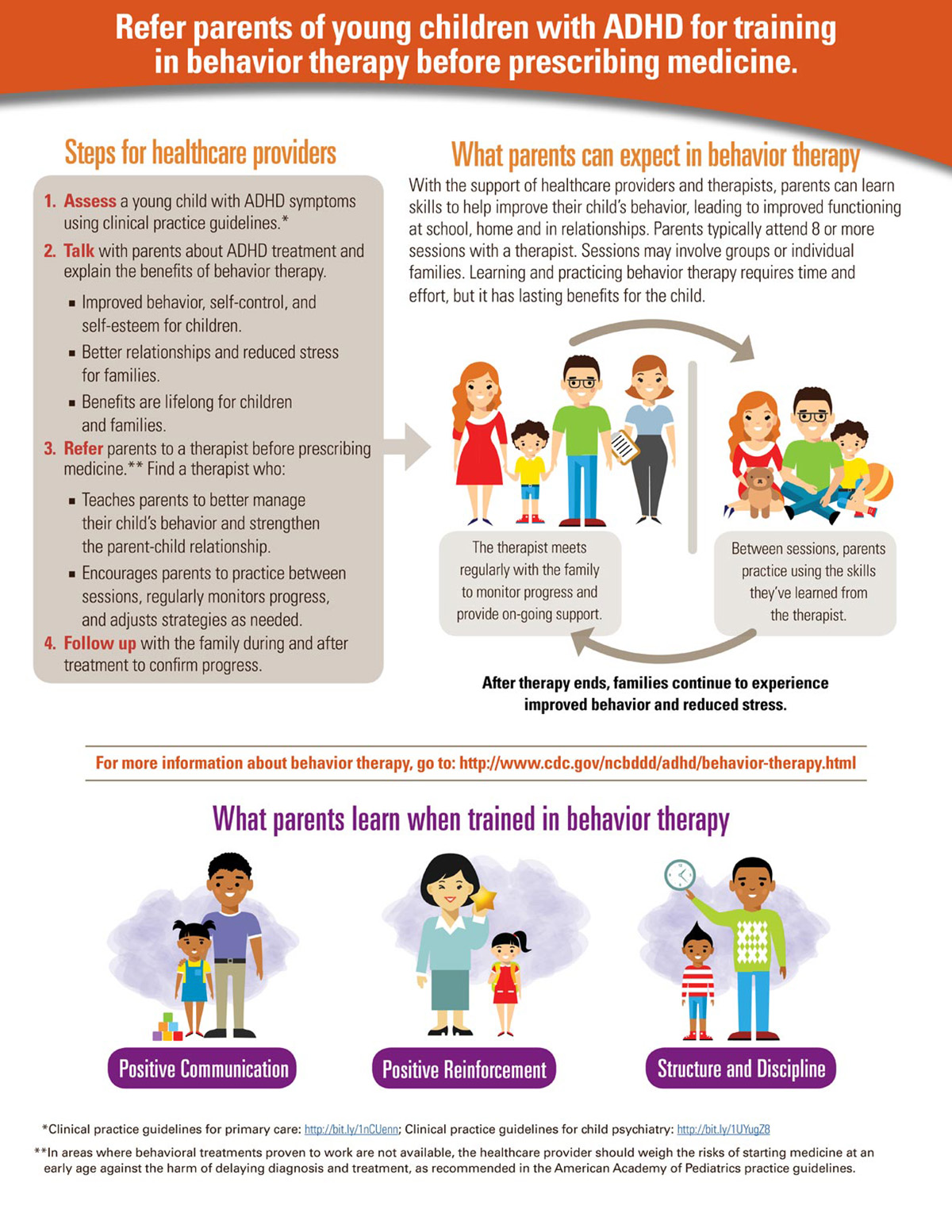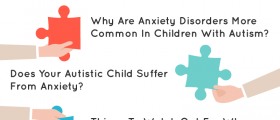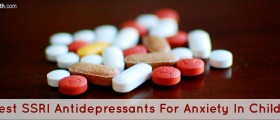Emotional and behavioral disorders are pretty common all over the world. Due to that fact, experts are looking into various ways to help people with these problems and even prevent them from occurring. Emotional and behavioral disorders are reported to affect children, adolescents and adults.
There are five models which are used in emotional and behavioral disorders and these are biophysical, psychodynamic, cognitive, behavioral and ecological.
Category of Emotional and Behavioral Disorders
It is considered not to be hard for parents to learn that their child suffers from some emotional and behavioral disorder. Parents should know that there are certain characteristics that will make it easier for them to determine whether the child is suffering from an emotional and behavioral disorder. If at least one of these characteristics is seen in a child to a certain degree, lasts for a certain period of time and affects the child’s education, the child is then considered to be suffering from some type of emotional and behavioral disorder.
- Emotional and behavioural problems (EBP) or disorders (EBD) can also be classified as either “internalizing” (emotional disorders such as depression and anxiety) or “externalizing” (disruptive behaviours such as ADHD and CD).
- Community studies have identified that more than 80% of pre-schoolers have mild tantrums sometimes but a smaller proportion, less than 10% will have daily tantrums, regarded as normative misbehaviours at this age.
- Emotional problems, such as anxiety, depression and post-traumatic stress disorder (PTSD) tend to occur in later childhood. They are often difficult to be recognised early by the parents or other carers as many children have not developed appropriate vocabulary and comprehension to express their emotions intelligibly.
- Emotional problems in later childhood include panic disorder, generalized anxiety disorder (GAD), separation anxiety, social phobia, specific phobias, OCD and depression. Mild to moderate anxiety is a normal emotional response to many stressful life situations.
- Common manifestations of anxiety disorders include physical symptoms such as increased heart rate, shortness of breath, sweating, trembling, shaking, chest pain, abdominal discomfort and nausea.
- Social (pragmatic) communication disorder (SCD) is a new diagnosis included under Communication Disorders in the Neurodevelopmental Disorders section of the DSM-5. It is characterized by persistent difficulties with using verbal and nonverbal communication for social purposes, which can interfere with interpersonal relationships, academic achievement and occupational performance, in the absence of restricted and repetitive interests and behaviours.
- The exact causes of various childhood EBPs are unknown. Several studies have identified various combinations of genetic predisposition and adverse environmental factors that increase the risk of developing any of these disorders. These include perinatal, maternal, family, parenting, socio-economic and personal risk factors.
One of the most common characteristics is the problem with learning which does not occur due to intellectual, sensory or health factors. The inability of a child to either build or maintain a satisfactory interpersonal relationship with other children and teachers is one of the characteristics as well. Another common sign of emotional and behavioral disorder is the inappropriate behavior of a child in normal situations. Depression and general unhappiness are also considered to be signs of emotional and behavioral disorders. If the child has a tendency to develop fears or some other physical symptoms connected with either personal or school problems, that is another common characteristic of emotional and behavioral disorders.
Internalizing Disorders and Externalizing Disorders
Parents should know that internalizing disorders are linked with depression and the general lack of interest in various school activities. Lack of interest, in general, is another sign of internalizing disorders. It is not uncommon for children who suffer from internalizing disorders to experience anxiety, separation anxiety, panic disorder, obsessive-compulsive disorder and various fears and phobias. Due to these facts teachers of children with such problems should watch out for medications and their side effects, provide aid with behavioral treatments within the classroom and enhance cognitive behavioral interventions.
On the other hand, externalizing disorders are more easily visible than internalizing because children who suffer from externalizing tend to act out and are usually under-controlled. Two of the best-known externalizing disorders seen in children are attention deficit hyperactivity disorder or ADHD and conduct disorder. Unlike children who suffer from internalizing disorders, children suffering from externalizing disorders tend to act out their emotions and show them. They are not likely to hold them inside. This is one of the reasons why children who are affected by externalizing disorders are easily noticeable as they are prone to fighting, bullying, cursing and various other forms of violence.
Preventing Mental, Emotional and Behavioral Disorders
A lot of people is affected by various mental, emotional and behavioral disorders; depression, conduct disorder and substance abuse are included as well.
According to experts people who are most affected by the mentioned disorders are quite young. Parents should know that these disorders will not necessarily happen to their children since they are not that uncommon. However, mental, emotional and behavioral disorders are serious health threats and people should not take them lightly. According to certain data, every fifth child in the world is suffering from at least one but highly likely more than one disorder at this moment.
Adults can end up suffering from mental, emotional and behavioral disorders as well. Among adults, half of the disorders are diagnosed by the time they are 14 years old while other disorders are diagnosed when the person has reached the age of 24.
Parents need to know that a great number of these disorders will affect the child throughout his or her entire life. Due to that fact, the expenses for the families will be great as well. According to available data, $247 billion is spent every year on treatment services and lost productivity.
These disorders are known to make it quite difficult for children to make normal relationships, be successful in school and even make their way in the workforce.
However, parents should be aware that there are ways to prevent these disorders and various other problems which occur with them. Getting to know the risk factors is very important. Parents must not hesitate and are due to act as soon as the first signs are spotted.
The problem is that almost every parent will not react on time and the first action will be taken once the disorders are well established. The most important thing is not to miss the opportunity and identify the condition in its initial stage.


















Your thoughts on this
Loading...